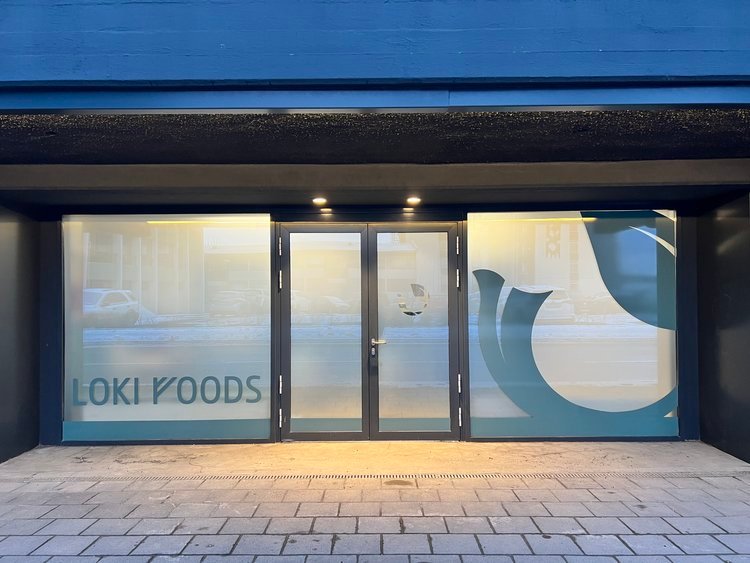Loki Foods opens new production site to produce sustainable plant-based seafood and meats
The new facility enables the venture-backed company to deliver products in domestic and international markets
Loki Foods opened its doors ahead of schedule in March 2023 to its first scale facility in Kopavogur, Iceland. The new facility enables the venture-backed company to deliver products in domestic and international markets. This news arrives shortly after receiving a Eurostars grant from the Icelandic Centre for Research (Rannís) in collaboration with NoPalm Ingredients, Flecks Brauhaus Technik GmbH, NewMilkLab NV, and the University of Iceland.
Loki Foods is fulfilling the world’s need for next-generation plant-based meats and seafood. The food technology company hails from the shores of Iceland–the seafood capital of the world–where the bar for quality, delicious and nutritious seafood is unmatched. Loki Foods has created a universe of plant-based fun, starting with a first-of-a-kind plant-based white ‘fish’ fillet that hits that high bar. The Loki Filet tastes feel and cooks just like the real deal while containing as much protein, omegas and other desirable nutrients as North Atlantic cod.
Backed by leading early-stage food technology investment funds, including Sustainable Food Ventures, Big Idea Ventures, VegInvest, FoodHack, Kale United, and Lifely VC, Loki Foods is producing sustainably nutritious food with renewable energy to rival unsustainable conventional meats and seafood. “Kale United has invested in plant-based seafood for a long time. Most companies have addressed categories that are easier to mimic. But Loki Foods are not afraid of going after the most important product – white fish fillet,” Måns Ullerstam, Founder of Kale United invested in Loki Foods’ oversubscribed pre-seed round in 2022.
The new facility enables the venture-backed company


